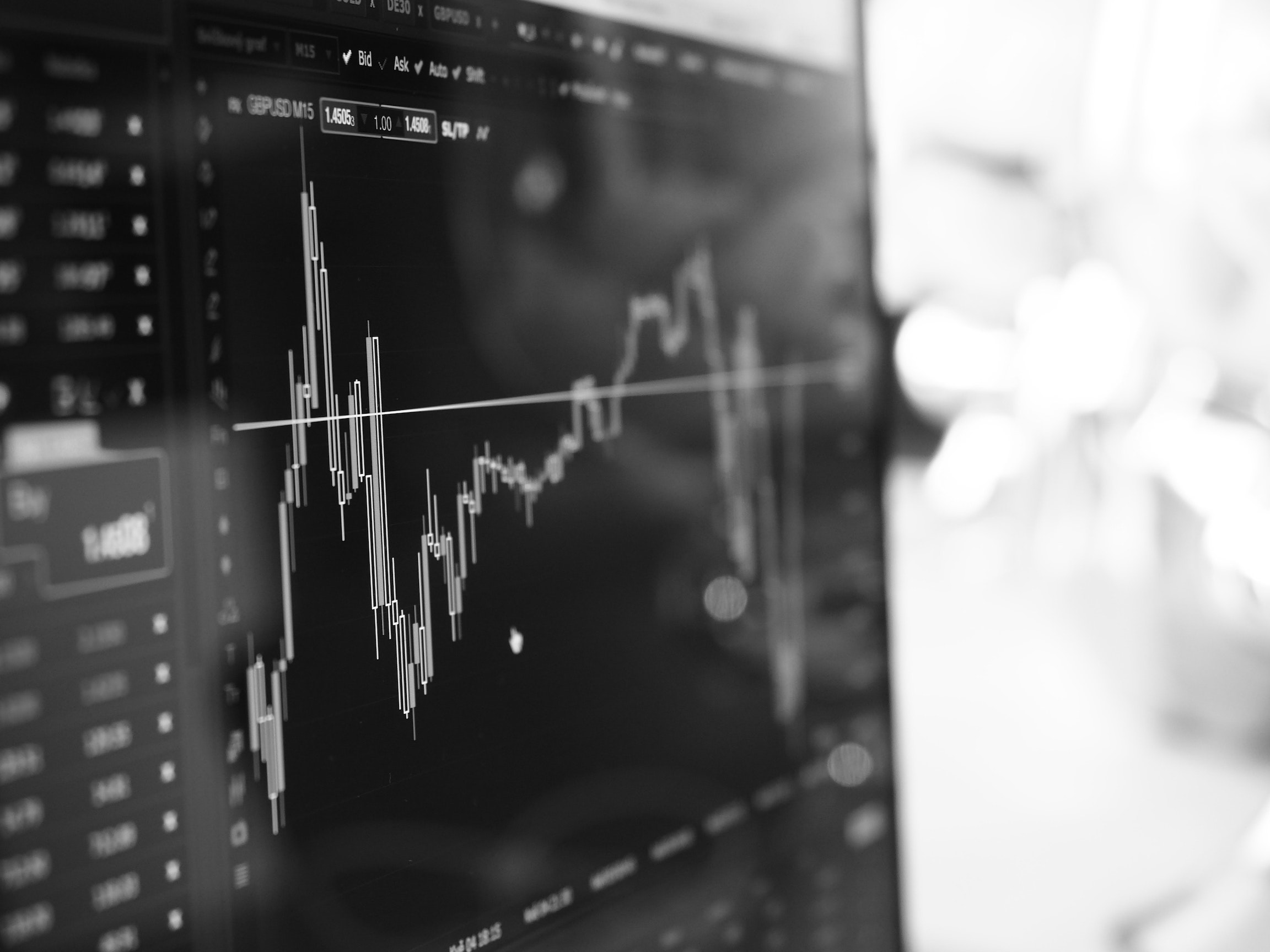The swift 10% correction in the S&P 500 index in October is a mild echo of the 25 – 35% bear markets emerging markets, led by the financial panics in China, Turkey, Argentina, Pakistan and the ASEAN markets.
Even in the US, the homebuilder index is down 25% and regional banks have lost a staggering 20% in 2018 to date. The volatility Index (VIX), Wall Street’s pendulum of greed and fear, has more than doubled from its complacent lows last summer. The spasm of risk aversion does not negate the secular bull market in US equities, unless the S&P 500 decisively falls below its 200-day moving average at 2750 and fails to regain this critical metric. The rise in US Treasury bond yields after the September FOMC rate hike, draconian US tariffs on China, angst about the US midterm elections, President Trump’s decision to revoke a nuclear treaty with the Kremlin and the sharp deterioration in Saudi-Western relations after the killing of Jamal Khashoggi have all taken their toll on a US stock market that was the consensus, safe haven darling of global investors only a month ago. The U-turn in market psychology has led to the worst episode of risk aversion in US equities since early 2016, when a botched Chinese mini-devaluation led to global contagion in Wall Street, Europe, Japan and the emerging markets.
Earnings disappointments a la Amazon and Google pose the greatest threat to the US stock market in 2019. While Trump’s tax cuts boosted earnings growth to 19% in 2018, it is realistic to expect a deceleration in earnings growth next year. With the recent acceleration in US economic growth even as consumer confidence is at 18-year highs while the unemployment rate is the lowest since the year Richard Nixon moved into the White House, the hipsters congregated at Woodstock and Neil Armstrong walked on the moon (1969!). It is thus rational for the Federal Reserve to project three interest rate hikes in 2019 in addition to a rate hike at the December 2018 FOMC. The overnight borrowing rate (Fed Funds) could well rise to 3% next year even as the Powell Fed shrinks its balance sheet by another $400 billion. This means the yield on the ten-year US Treasury note can rise to 3.6% – 3.8%. Add Brexit, Italian budget woes, China hard landing risk and King Dollar remains the dominant theme in Planet Forex in 2019.
It is unrealistic to expect valuation multiples to expand in 2019 as interest rates rise and earnings growth decelerates. Stratospheric technology stock multiples are obviously at risk. The crypto-currency bubble, reminiscent of Dutch tulipmania, has ended. Silicon Valley’s unicorns could be next as Uber, Airbnb, WeWork and their ilk have the potential to fall 50 – 70% from recent peaks. After all, $45 billion of SoftBank’s $100 billion Vision Fund is Saudi Arabian, a political and ethical dilemma for Silicon Valley. Healthcare and money center banks are my preferred sectors de jour in the S&P 500 index. In Europe, media, software and auto makers are bargains. It is premature to do a deep dive in emerging markets.
Crude oil has not remained immune to the risk aversion spasm on Wall Street, the surge in the US dollar and US Treasury bond yields, the IMF’s downgrade of global economic growth and the imminent US tariffs on China. Brent crude has fallen $8 from its recent $85 peak. The international outrage about Jamal Khashoggi’s killing may pressure Saudi Arabia to dramatically increase output to compensate for the 700,000 barrels a day fall in Iranian exports since last May. As US sanctions tighten in November, Iran’s exports could well drop by another 1 million barrels a day in the next twelve months. Saudi Arabia, Kuwait and Abu Dhabi command most of OPEC’s excess capacity and thus can play the role of swing producer in a seasonal tight market. It is thus no coincidence that OPEC cut its demand growth forecasts for both 2018 and 2019. The trading range for black gold increasingly seems $70 – 80 in the last months of 2018.
After six successive months of central bank selling and exchange traded outflows, gold finally caught a bid in October to rise above $1240 an ounce. However, gold is still in a secular bear market, down almost 40% below its $1,930 an ounce peak in September 2011. While the Barrick-Randgold mining merger and extreme positioning in the futures markets suggests a bottom in the $1,180 – 1,200 range, a medium turn rally in gold is not sustainable until the Federal Reserve announces a pause in its pace of monetary tightening, a prospect that is unlikely with the lowest US unemployment rate since 1969, 4% GDP growth and 18-year highs in consumer confidence.







